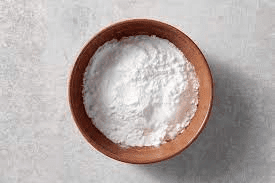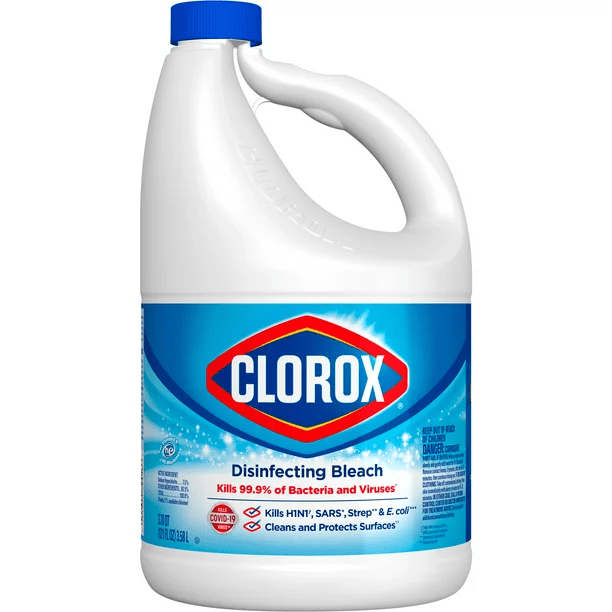Cleaning your washing machine is essential to ensure that it continues to function efficiently and doesn’t become a breeding ground for mold and bacteria. Here are some key steps on how to clean your washing machine:
- Gather Your Supplies:
- Before you start, gather the necessary supplies: white vinegar, baking soda, a microfiber cloth, a toothbrush, and a bucket.
- Empty the Drum:
- Remove any clothing or items from the drum, ensuring it’s completely empty before starting the cleaning process.
- Clean the Detergent Dispenser:
- Remove the detergent dispenser and soak it in warm, soapy water. Scrub away any residue with a toothbrush.
- Run a Hot Cycle with Vinegar:
- Pour two cups of white vinegar into the detergent dispenser. Run the machine on the hottest and longest cycle to clean the drum and remove mineral buildup.
- Wipe Down the Exterior:
- While the machine is running, wipe down the exterior with a mixture of water and vinegar to remove any grime or stains.
- Clean the Rubber Gasket:
- The rubber gasket around the door can trap dirt and mold. Use a toothbrush and a mixture of water and vinegar to clean it thoroughly.
- Clean the Filter:
- Consult your machine’s manual to locate and clean the lint filter. This step will help improve drainage and prevent blockages.
- Run a Rinse Cycle:
- After the vinegar cycle, run another hot cycle with plain water to remove any remaining vinegar residue.
- Deodorize with Baking Soda:
- Sprinkle baking soda inside the drum and run a short cycle with hot water to deodorize your washing machine.
- Wipe Down the Door and Seal:
- After completing all cycles, wipe down the door and the seal with a clean, damp microfiber cloth.
- Keep it Dry:
- Leave the door open after each wash to allow the interior to dry thoroughly, preventing mold growth.
- Regular Maintenance:
- To prevent future buildup, clean your washing machine every 1-2 months, and follow the manufacturer’s guidelines for maintenance.
Conclusion
By following these steps on how to clean your washing machine, you can maintain its efficiency and ensure your clothes come out fresh and clean with every wash. Regular cleaning not only extends the lifespan of your machine but also helps maintain the quality of your laundry. Don’t forget that a clean washing machine is essential for cleaner and fresher clothes.
1. TIP 1 (BAKING SODA)

Our first step in washing machine cleaning will obviously be with baking soda, baking soda is the most reactive and powerful ingredient against stains.
All you have to do is take 1 or 2 cups of baking soda and sprinkle it all over the inside area of the washing machine.
Give them the most extended and hottest round so that in the last you will see the water turns black, which will be evidence of extracting all bacteria.
2. TIP 2 (VINEGAR)

Take 1 to 2 cups full of vinegar, pour it inside a grim bottom area on your washing machine, and give it the hottest and longest cycle round to properly work and give you a satisfactory result.
3. TIP 3 (BLEACH)

All you have to do is fill half the washing machine with water and then pour 1 cup of bleach into it.
After that start, your washing machine gives it the hottest and longest cycle.
You can give it 5 cycles to get better results, bleach will disinfect all germs and clean them.
HOW TO PREVENT YOUR WASHING MACHINE FROM GETTING NASTY
Washing machines are undoubtedly convenient appliances that make our lives easier, but without proper care, they can become breeding grounds for mold, mildew, and unpleasant odors. Here’s a detailed guide on how to maintain your washing machine to keep it clean and running smoothly:
1. Leave the Door Open: After you’ve finished using your washing machine, leave the door open. Allowing the interior to air out prevents moisture from becoming trapped inside, which can lead to mold and musty smells. By leaving the door ajar, you let excess water evaporate, discouraging the growth of unwanted microorganisms.
2. Clean the Dispenser Tray: For washing machines with a dispenser tray, dirt and detergent residue can accumulate over time. Remove the tray and wash it with hot, soapy water. A toothbrush can be used to scrub away stubborn deposits. Ensure that all compartments are thoroughly cleaned before reinserting the tray. This practice guarantees that your detergent and softener are dispensed cleanly during cycles.
3. Properly Clean the Rubber Seal: The rubber seal around the door is a common spot for mold to develop due to moisture retention. Gently pull back the seal to access its inner parts. Clean it with a mixture of hot water and mild detergent, using a toothbrush to reach crevices. Regular cleaning prevents the buildup of grime and maintains the seal’s elasticity.
4. Clean the Filter: Many washing machines have a filter located near the bottom. This filter traps debris such as lint, coins, and fabric fibers. It’s crucial to clean this filter every six months to prevent blockages and maintain optimal water drainage. Follow your machine’s manual to locate and remove the filter, then rinse it under running water to remove dirt and lint.
5. Use Vinegar or Baking Soda: Vinegar and baking soda are natural cleaning agents that can help keep your washing machine fresh. About once a month, run an empty cycle on the hottest water setting. Add one cup of white vinegar or baking soda to the drum before starting the cycle. This process helps dissolve built-up detergent residues and eliminates odors.
6. Wipe Down the Exterior: Don’t overlook the exterior of the machine. Wipe it down regularly with a damp cloth and mild detergent. Pay special attention to control knobs, buttons, and the detergent dispenser. A clean exterior not only looks better but also prevents dust and grime from finding their way into the machine’s interior.
7. Check Pockets Before Loading: Before tossing clothes into the washing machine, check all pockets for any items that could cause harm to the machine or get tangled with other garments. Coins, paper clips, and tissues are common culprits that can lead to mechanical problems or blockages in the drain pump.
8. Use the Right Detergent: Using the appropriate type and amount of detergent is essential. Follow the manufacturer’s recommendations for the best results. Excessive detergent can create a buildup that contributes to foul odors and reduced machine efficiency.
9. Run a Monthly Hot Cycle: Running an empty hot water cycle once a month helps to dissolve detergent residues, mineral deposits, and grime. This prevents unwanted buildup and maintains the machine’s cleanliness.
10. Regular Maintenance: Consider scheduling professional maintenance for your washing machine annually. A qualified technician can perform a thorough inspection, clean hard-to-reach areas, and address any potential issues before they escalate.
By diligently following these guidelines, you can extend the life of your washing machine, keep it operating efficiently, and ensure that your clothes emerge clean and fresh after every cycle.

